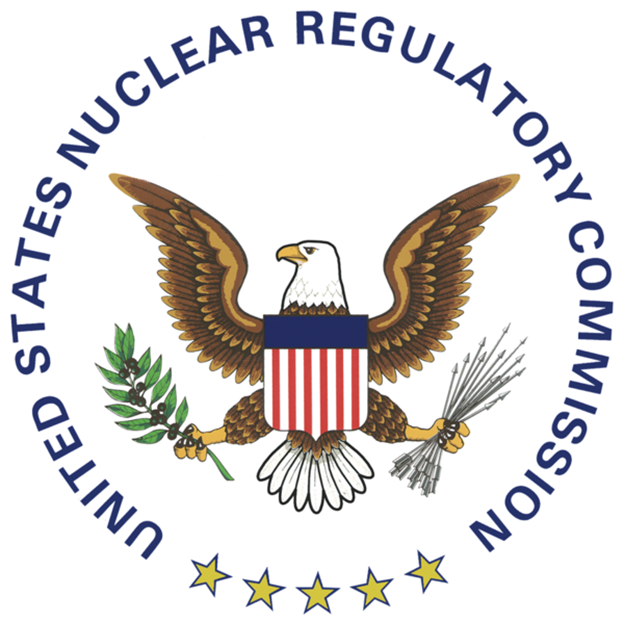Part 2 of 3 Parts (Please read Part 1 first)
Many U.S. utilities have committed to zero-carbon energy generation by 2050. They believe that SMRs such as NuScale’s can be an important round-the-clock addition to replace natural gas power plants to provide power to balance intermittent renewables such as wind and solar. However, these goals will depend on SMRs being ready for deployment in the next twenty years. And, SMRs must be available at costs that can compete with the steadily falling prices of renewable energy supported by batteries, pumped hydropower, power-to-gas technologies and other new forms of energy storage.
NuScale and UAMPS told an interviewer that they still have confidence in the Carbon Free Power Project (CFPP). Diana Hughes is the vice president of communications and marketing for NuScale. She said that design issues that were raised in the NRC review “will be resolved separately from the UAMPS combined license application”. She added that the project will move forward as planned.
LaVarr Webb is a UAMPS spokesperson. He said that he has “has full confidence in NRC safety approval for NuScale’s power modules and is confident any remaining issues will be resolved.”
One of the most important unresolved safety issues involves the NuScale system to prevent overheating and/or meltdowns during emergencies according to the Advisory Committee on Reactor Safeguards (ACRS), which reviews reactor designs for the NRC. The NuScale SMR must submerge its fuel in water that contains boron. This element absorbs neutrons and slows the fission chain reactions that generate heat and radioactivity. The water that cools the fuel could boil away during emergencies. Redundant safety systems are needed that can replace the missing water.
NuScale claims that its system can replace borated water in their SMR without needed pumps that could lose power in an emergency. Their system accomplishes this by venting steam into a surrounding containment vessel and then condensing it back to water which can then be injected into the core of the SMR. A March review by ACRS noted that the boron could be left behind as the water turns to steam. This would result in condensed water which does not have enough boron to properly slow the nuclear chain reactions which could result in overheating and/or a meltdown.
The ACRS informed the NRC in June that it “cannot reach a final conclusion on the safety of the NuScale design until the issue of the potential for a reactivity insertion accident” (a sudden increase in fission that cannot be ) “is resolved to our satisfaction.”
It is an open question as to whether this concern of the ACRS represents an existential threat to NuScale’s Utah project. NuScale’s Hughes said that the concern about possible low boron concentration highlighted by ACRS "is the result of an extremely conservative analysis and is not reflective of expected actual conditions for these highly improbable events. Nevertheless, NuScale and the NRC have performed the needed analyses to demonstrate the plant reaches a safe condition and can be recovered safely."
Edwin Lyman is the director of nuclear power safety at the Union of Concerned Scientists, He said that the ACRS report casts doubt on “one of the major selling points for this reactor, which is that it can passively shut down without any operator actions.”
Please read Part 3 next
